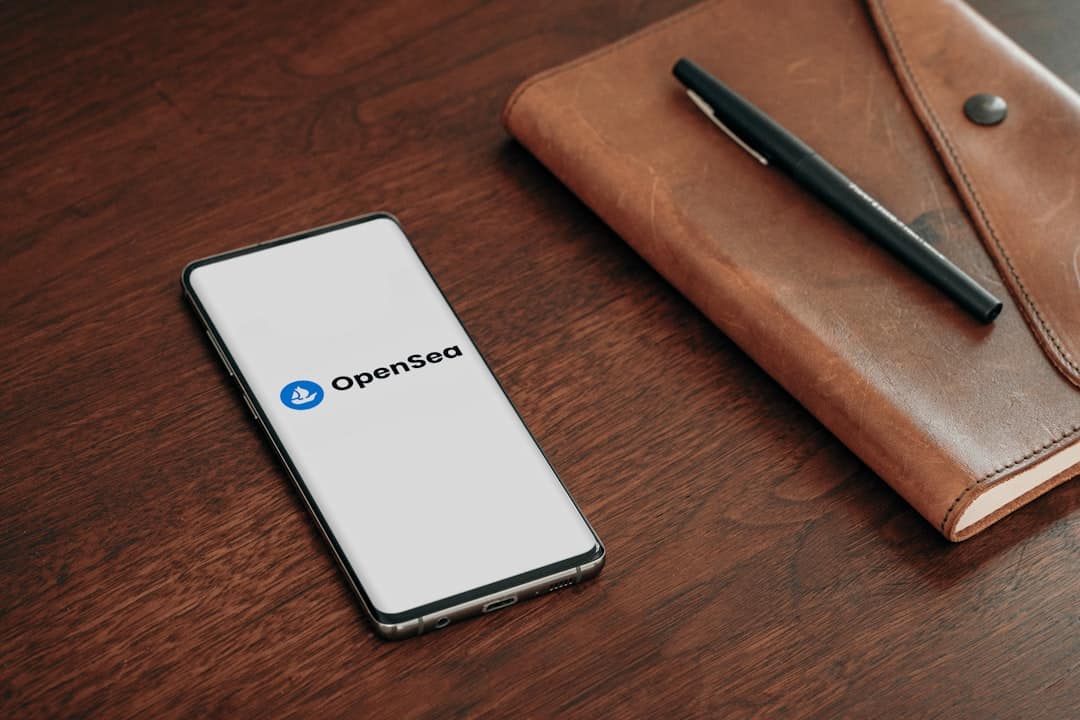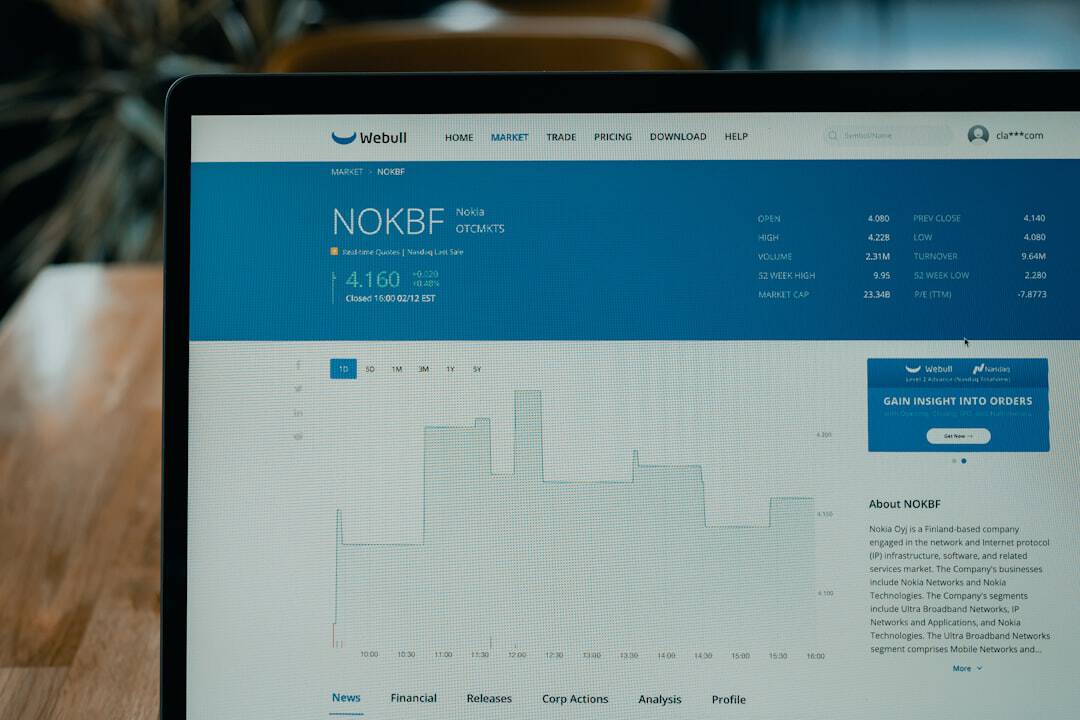Zero Trust Network Access (ZTNA) is a security framework that provides secure access to resources regardless of user location. Unlike traditional perimeter-based security models, ZTNA authenticates and authorizes every user and device attempting to access the network. This model assumes no user or device should be inherently trusted, whether inside or outside the corporate network.
ZTNA employs various technologies, including identity and access management (IAM), multi-factor authentication (MFA), and encryption, to verify user and device identities before granting access to applications and data. ZTNA addresses the limitations of traditional VPNs and perimeter-based security, which have become less effective in today’s distributed and cloud-based environments. With the increase in remote work and cloud application usage, organizations require a more flexible and scalable approach to secure access.
ZTNA offers a more granular and dynamic method of controlling resource access, based on user identity and device security posture. By implementing a Zero Trust approach, organizations can mitigate the risk of unauthorized access and data breaches while enabling secure access for employees, partners, and contractors from any location.
Key Takeaways
- Zero Trust Network Access (ZTNA) is a security model that requires strict identity verification for every person and device trying to access resources on a private network, regardless of whether they are inside or outside the network perimeter.
- Implementing Meraki ZTNA for secure access offers benefits such as improved security, simplified network management, and enhanced user experience.
- Meraki ZTNA works by authenticating and authorizing users and devices before granting access to specific applications and resources, using a combination of user identity, device posture, and contextual information.
- Key features of Meraki ZTNA for secure access include centralized policy management, seamless user experience, and integration with existing security infrastructure.
- Implementing Meraki ZTNA for secure access in your organization involves assessing your current network security posture, defining access policies, and deploying the solution with proper user training and support.
- Case studies have shown successful use of Meraki ZTNA for secure access in various industries, including healthcare, finance, and education, with improved security and user experience.
- Future trends in secure access point towards increased adoption of ZTNA solutions like Meraki, as organizations continue to prioritize security and remote access capabilities.
The benefits of implementing Meraki ZTNA for secure access
Secure Access from Anywhere
One of the key benefits of Meraki ZTNA is its ability to provide secure access to applications and data, regardless of the user’s location. This means that employees can securely access corporate resources from anywhere, without the need for a traditional VPN.
Enhanced Security with Zero Trust
By using a Zero Trust approach, Meraki ZTNA ensures that only authorized users and devices can access sensitive information, reducing the risk of unauthorized access and data breaches.
Ease of Use and Management
Another benefit of implementing Meraki ZTNA is its ease of use and management. The solution is designed to be simple and intuitive, making it easy for IT teams to deploy and manage secure access policies. With Meraki ZTNA, organizations can quickly set up secure access for remote users, without the need for complex configurations or hardware. This can help organizations reduce the burden on IT teams and enable them to focus on other strategic initiatives. Additionally, Meraki ZTNA provides visibility and control over user and device access, allowing organizations to enforce security policies and monitor access in real-time.
How Meraki ZTNA works to provide secure access

Meraki ZTNA works by authenticating and authorizing users and devices before granting access to applications and data. The solution uses a variety of technologies, such as identity and access management (IAM), multi-factor authentication (MFA), and encryption, to verify the identity of users and devices. When a user or device attempts to access a resource, Meraki ZTNA evaluates their identity and security posture to determine whether they should be granted access.
This approach ensures that only authorized users with trusted devices can access sensitive information, regardless of their location. One of the key components of Meraki ZTNA is its integration with cloud-based identity providers, such as Azure Active Directory and Okta. This allows organizations to leverage their existing identity infrastructure to authenticate users and enforce access policies.
By integrating with cloud-based identity providers, Meraki ZTNA can provide seamless and secure access for employees, partners, and contractors, without the need for additional authentication mechanisms. Additionally, Meraki ZTNA uses encryption to secure data in transit, ensuring that sensitive information remains protected as it travels between users and applications.
Key features of Meraki ZTNA for secure access
| Key Features | Description |
|---|---|
| Zero Trust Network Access (ZTNA) | Provides secure access to applications and resources based on identity and context. |
| Cloud-based Architecture | Utilizes cloud infrastructure for scalability and ease of management. |
| Multi-factor Authentication (MFA) | Enhances security by requiring multiple forms of verification for access. |
| Granular Policy Control | Allows administrators to define specific access policies based on user, device, and location. |
| Secure Access Service Edge (SASE) Integration | Integrates with SASE platforms for comprehensive security and networking capabilities. |
Meraki ZTNA offers several key features that make it an ideal solution for organizations looking to implement secure access for remote users. One of the key features of Meraki ZTNA is its ability to provide secure access to applications and data, regardless of the user’s location. This means that employees can securely access corporate resources from anywhere, without the need for a traditional VPN.
By using a Zero Trust approach, Meraki ZTNA ensures that only authorized users and devices can access sensitive information, reducing the risk of unauthorized access and data breaches. Another key feature of Meraki ZTNA is its integration with cloud-based identity providers, such as Azure Active Directory and Okta. This allows organizations to leverage their existing identity infrastructure to authenticate users and enforce access policies.
By integrating with cloud-based identity providers, Meraki ZTNA can provide seamless and secure access for employees, partners, and contractors, without the need for additional authentication mechanisms. Additionally, Meraki ZTNA provides visibility and control over user and device access, allowing organizations to enforce security policies and monitor access in real-time.
Implementing Meraki ZTNA for secure access in your organization
Implementing Meraki ZTNA for secure access in your organization involves several key steps to ensure a successful deployment. The first step is to assess your organization’s current security posture and identify any gaps or vulnerabilities that need to be addressed. This may involve conducting a security audit or risk assessment to understand the current state of your organization’s security infrastructure.
Once you have identified any areas for improvement, you can begin planning your deployment of Meraki ZTNA. The next step is to define your organization’s secure access requirements and policies. This may involve identifying which applications and data need to be protected, as well as defining who should have access to these resources.
By clearly defining your organization’s secure access requirements, you can ensure that Meraki ZTNA is configured to enforce the appropriate security policies. Additionally, you will need to consider how users will authenticate and access resources, whether through single sign-on (SSO) or multi-factor authentication (MFA). After defining your organization’s secure access requirements, you can begin deploying Meraki ZTNA in your environment.
This may involve configuring integration with cloud-based identity providers, such as Azure Active Directory or Okta, as well as defining access policies based on user roles and device security posture. Once deployed, it is important to continuously monitor and manage your Meraki ZTNA deployment to ensure that it remains effective in providing secure access for remote users.
Case studies: Successful use of Meraki ZTNA for secure access

Several organizations have successfully implemented Meraki ZTNA to provide secure access for their remote users. One such organization is a global technology company that needed a solution to enable secure access for its distributed workforce. By deploying Meraki ZTNA, the company was able to provide seamless and secure access to corporate resources for employees working from various locations around the world.
The solution allowed the company to enforce strict security policies based on user roles and device posture, reducing the risk of unauthorized access and data breaches. Another organization that successfully implemented Meraki ZTNA is a financial services firm that needed a solution to enable secure access for its remote employees and partners. By deploying Meraki ZTNA, the firm was able to provide secure access to critical applications and data, while ensuring compliance with industry regulations.
The solution allowed the firm to integrate with its existing identity infrastructure, providing seamless authentication for users and enforcing strict access policies based on user roles. Additionally, Meraki ZTNA provided visibility and control over user and device access, allowing the firm to monitor access in real-time.
Future trends in secure access and the role of Meraki ZTNA
As organizations continue to embrace remote work and cloud-based applications, the need for secure access solutions will continue to grow. One future trend in secure access is the adoption of Zero Trust principles across all aspects of IT infrastructure, including networks, applications, and data. This will require organizations to adopt a holistic approach to security, focusing on authenticating and authorizing every user and device trying to access resources.
As a leading provider of Zero Trust Network Access solutions, Meraki ZTNA will play a crucial role in helping organizations implement Zero Trust principles across their IT infrastructure. Another future trend in secure access is the integration of artificial intelligence (AI) and machine learning (ML) technologies to enhance security capabilities. AI and ML can help organizations identify potential security threats and anomalies in user behavior, allowing them to proactively respond to security incidents.
As organizations look for ways to improve their security posture, solutions like Meraki ZTNA will need to evolve to incorporate AI and ML capabilities that can help organizations detect and respond to security threats in real-time. In conclusion, implementing Meraki ZTNA for secure access offers several benefits for organizations looking to enhance their security posture and enable secure access for remote users. By leveraging a Zero Trust approach, organizations can ensure that only authorized users with trusted devices can access sensitive information, regardless of their location.
With its ease of use and management, integration with cloud-based identity providers, and key features such as visibility and control over user and device access, Meraki ZTNA is an ideal solution for organizations looking to implement secure access for remote users. As future trends in secure access continue to evolve, solutions like Meraki ZTNA will play a crucial role in helping organizations implement Zero Trust principles across their IT infrastructure while incorporating AI and ML capabilities to enhance security capabilities.
If you’re interested in learning more about the future of the metaverse industry, you should check out this article on future trends and innovations in the metaverse industry. It provides projections and insights into the potential growth and development of the metaverse.
FAQs
What is Meraki ZTNA?
Meraki ZTNA, or Zero Trust Network Access, is a security framework that ensures only authorized users and devices have access to applications and resources within a network, regardless of their location.
How does Meraki ZTNA work?
Meraki ZTNA uses a “never trust, always verify” approach to security, where users and devices are continuously authenticated and authorized before being granted access to network resources. This helps prevent unauthorized access and reduces the risk of security breaches.
What are the benefits of using Meraki ZTNA?
Some benefits of using Meraki ZTNA include improved security, better control over network access, simplified management of user and device policies, and the ability to secure access to applications and resources regardless of their location.
Is Meraki ZTNA suitable for all types of organizations?
Meraki ZTNA is designed to be scalable and flexible, making it suitable for organizations of all sizes and industries. It can be tailored to meet the specific security and access control needs of different organizations.
How does Meraki ZTNA differ from traditional VPN solutions?
Unlike traditional VPN solutions, which often provide broad access to a network once a user is authenticated, Meraki ZTNA provides more granular control over access to specific applications and resources. This helps reduce the attack surface and improve overall security.











Leave a Reply